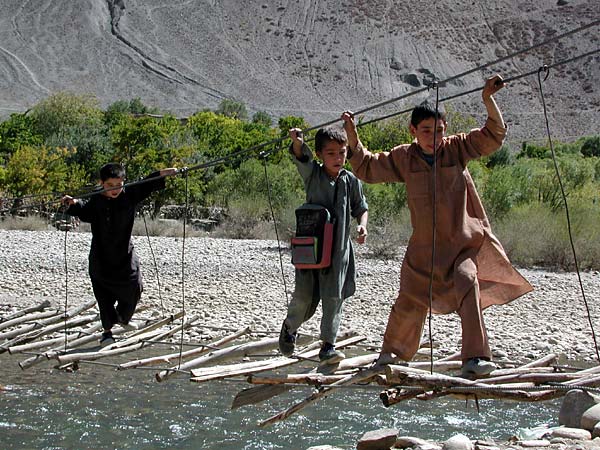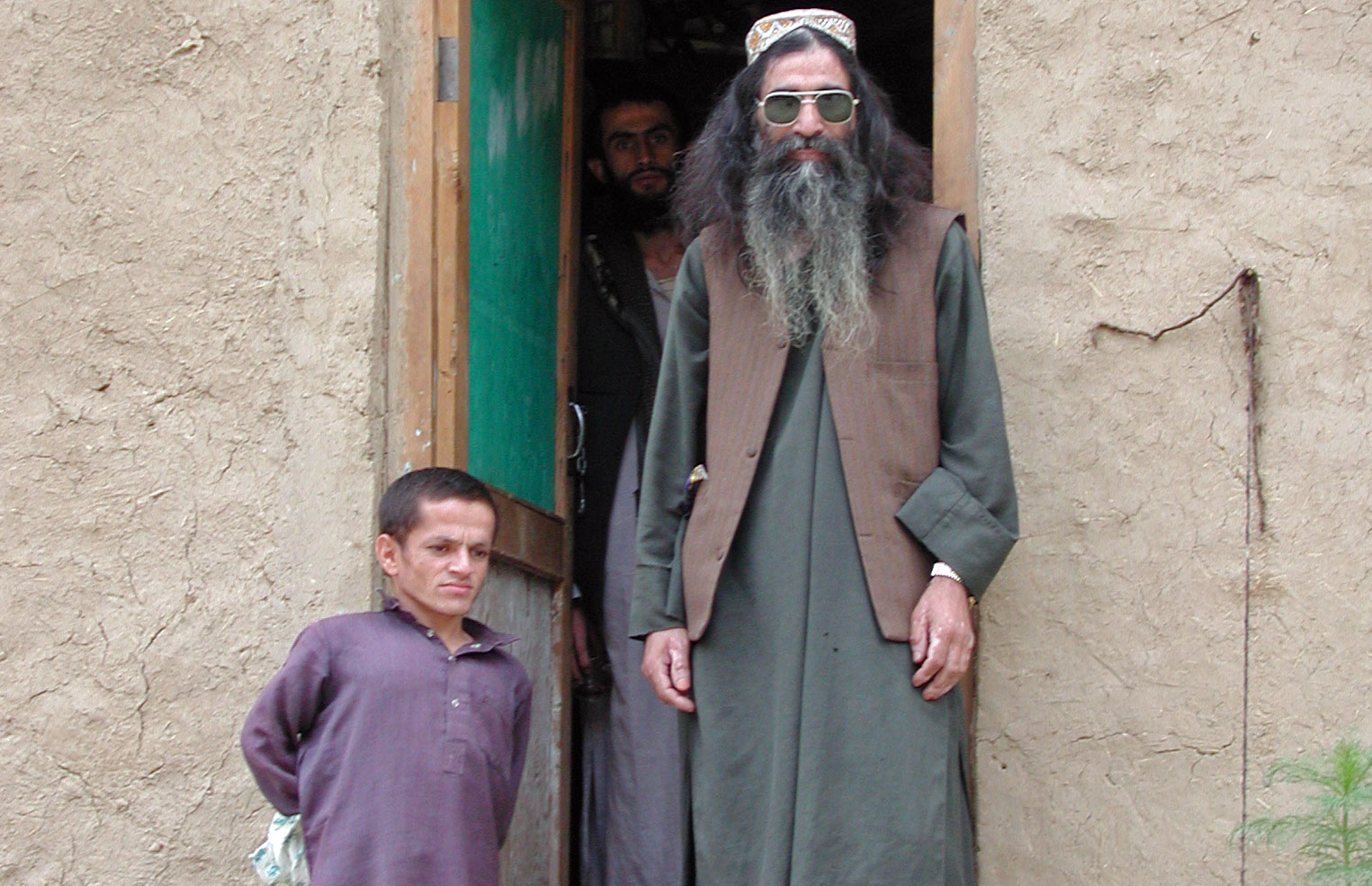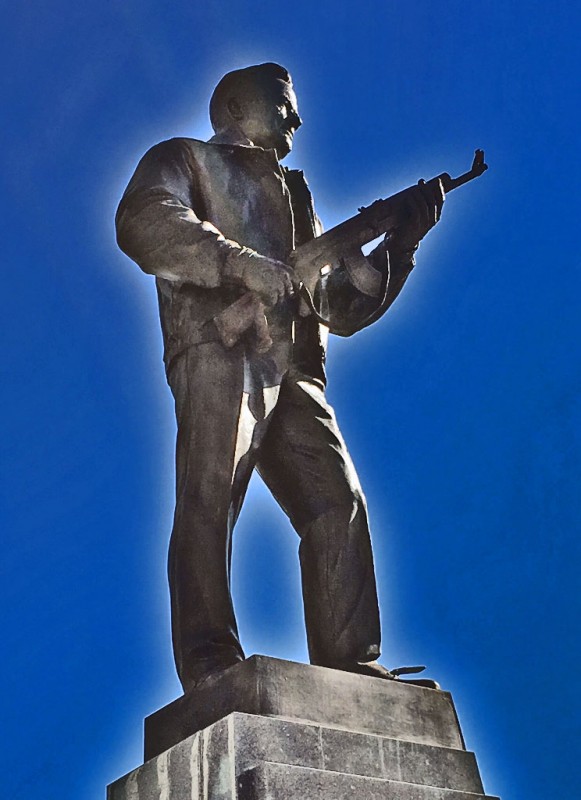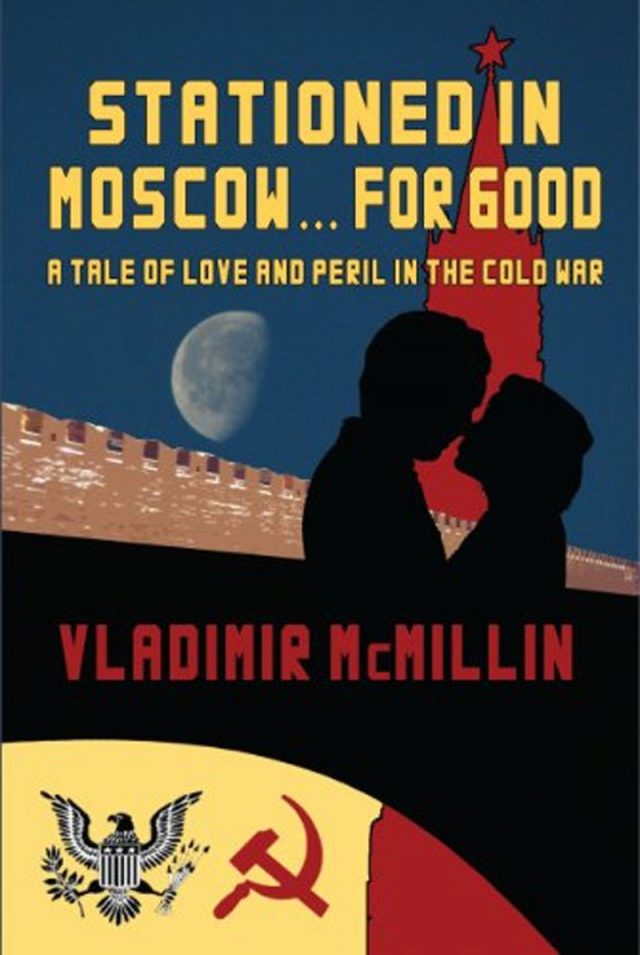During the Taliban rule, which came to an end in late 2001, Afghanistan had schools that taught mostly Islamic subjects to boys, while girls were not allowed to study at all.
Most of Northern Afghanistan, however, was free from Taliban control, and education in those areas was available both to boys and girls, albeit in separate classes in keeping with Islamic tradition.
In the Panjshir Valley, almost every town had a school, but children from outlying villages often had to walk a long distance from home, sometimes crossing the river over bridges made of rope and wooden planks.
A girls’ school in the Sangana Valley was a very interesting place because it dramatically changed visitors’ view of Afghanistan and its women, most of whom were seen walking in burqas, looking like ghosts or “Scream 2” movie characters.
The school had a principal, an educated and liberal man who like many people in the area was in his previous life a soldier and fought against the Soviet troops. Most teachers were female, however. They taught math, Dari language, history, geography, and other subjects, including the Koran. The girl students were inquisitive minds. To my great surprise, none of them said they wanted to be merely housewives, as was the case with their mothers, grandmothers, and other female ancestors. They wanted to become engineers, teachers, and medical doctors. I don’t know if many of them will actually realize their dreams, not just because of their gender and society prejudices, but also because of the costs involved. Parents prefer to sell their daughters as wives as soon as they come of age, and if the price is right, say several thousand dollars, that surely makes life easier for the younger kids in the family. Afghan families are usually large, seven to ten children, and with only father working in most cases, it is extremely hard financially and physically to maintain decent living standards, even if only by the Afghanistan yardstick.
The majority of emancipated women whom we met in Afghanistan were from families of doctors, technical specialists, and government officials, or diplomats, who had fewer prejudices and more money, and who had traveled or lived abroad.









